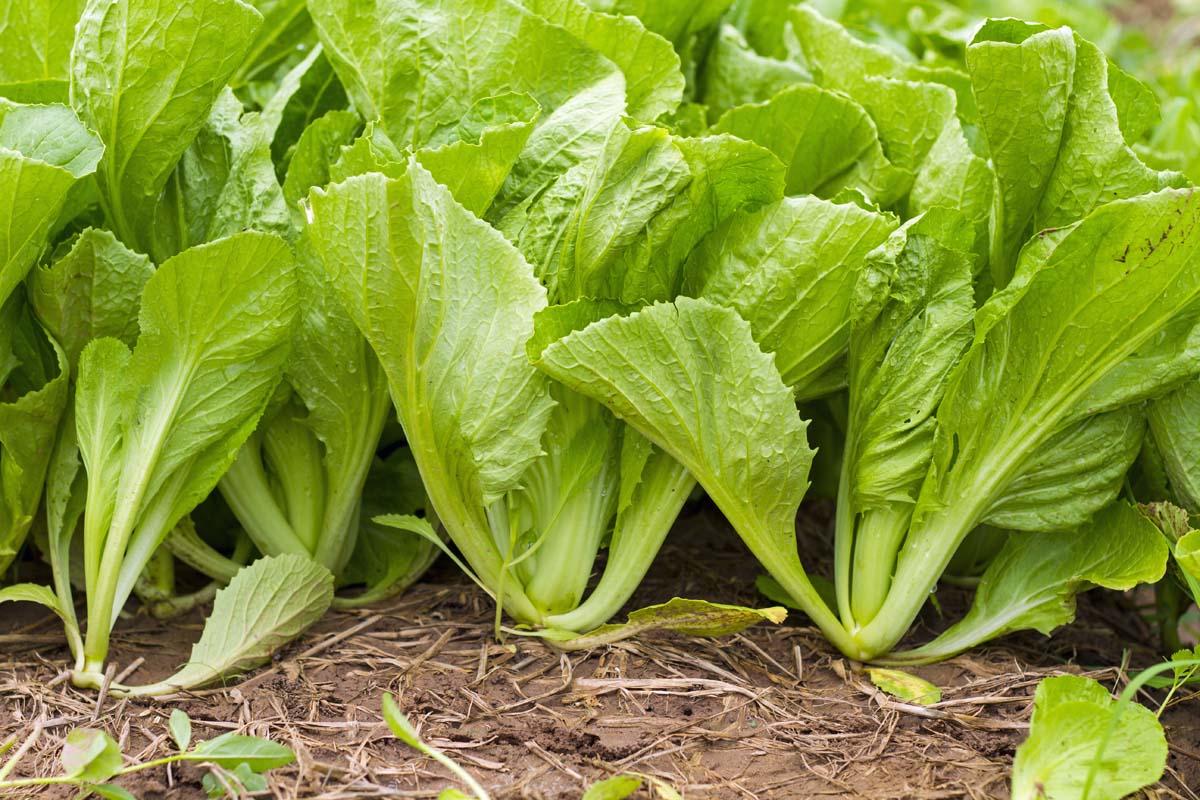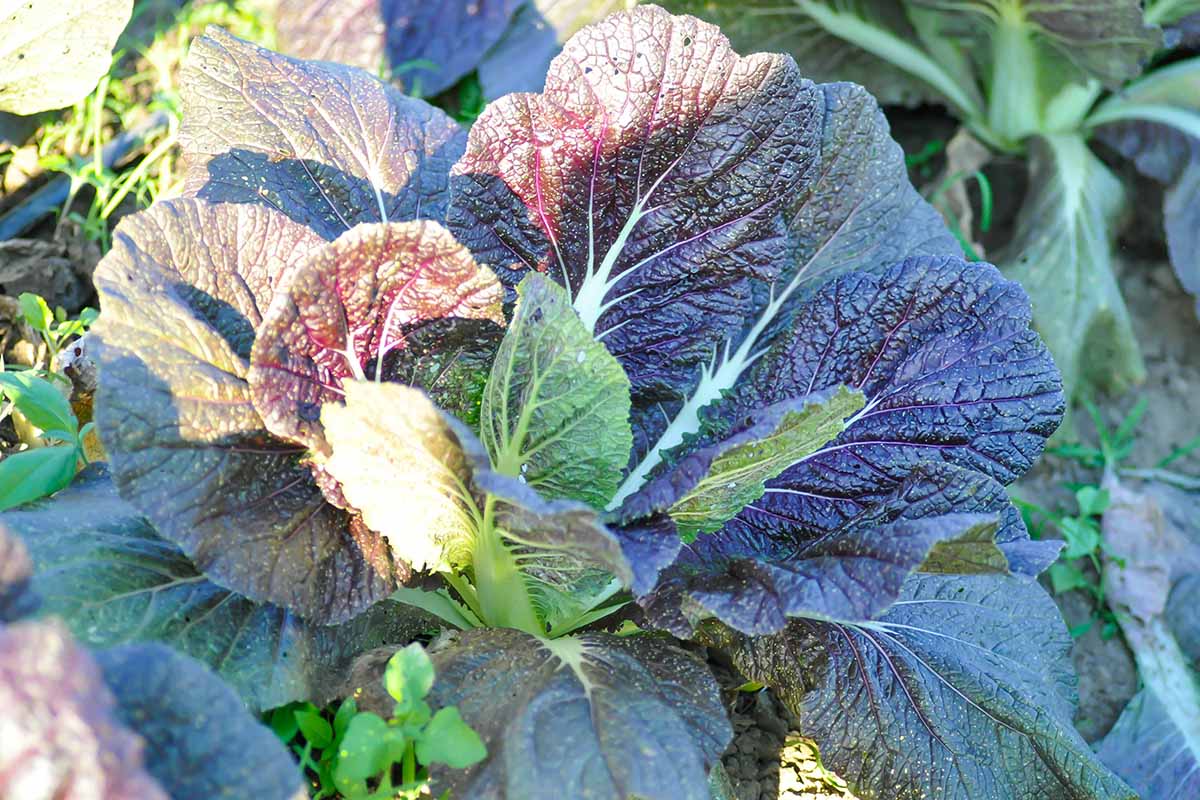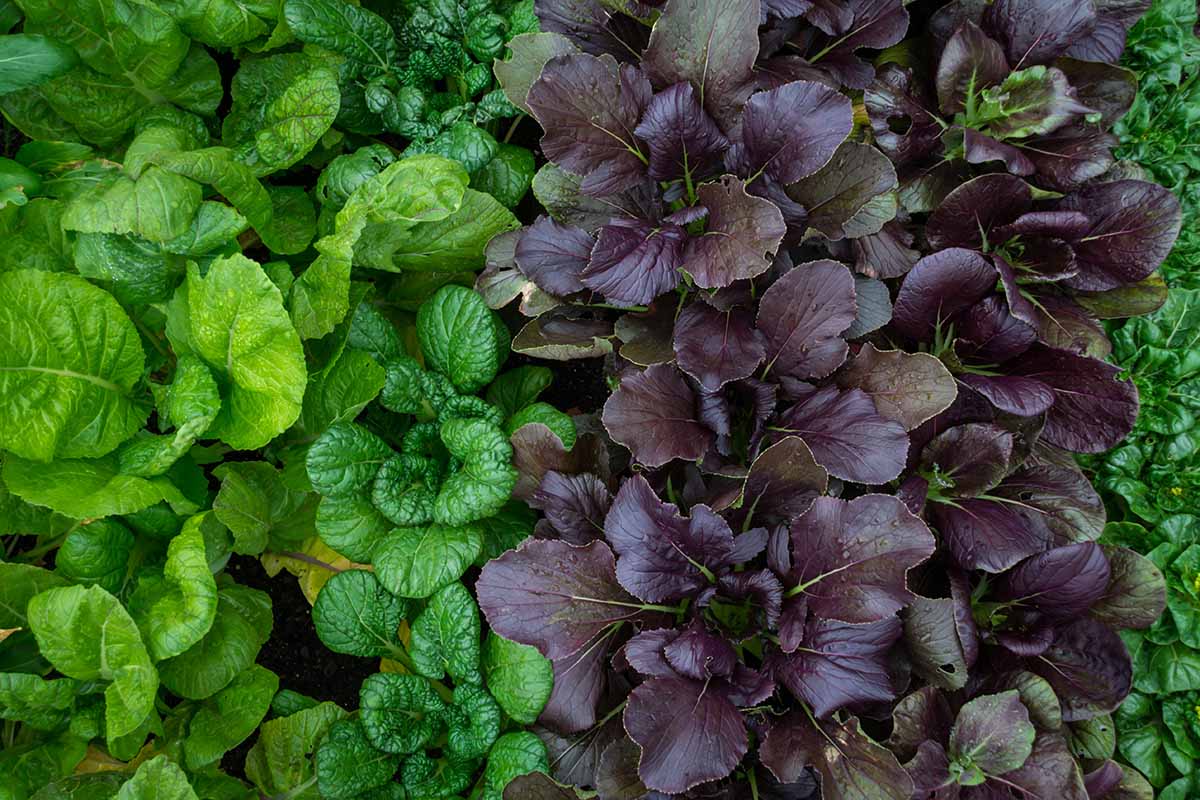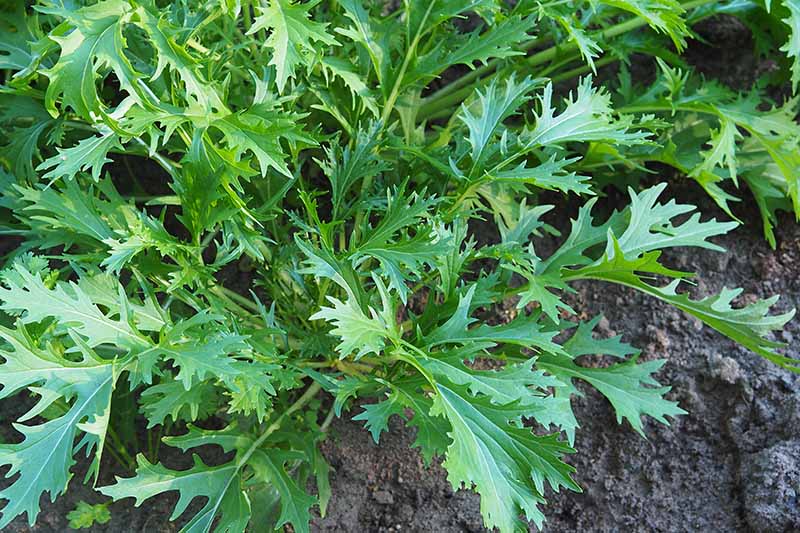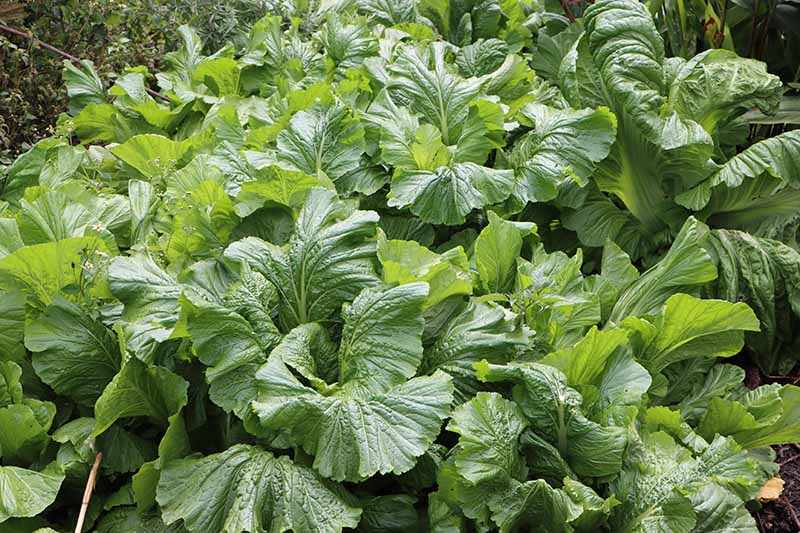Health Benefits of Mustard Greens
When you think of leafy greens, mustard may not initially come to mind. Mustard greens are surprisingly flavorful and bring essential nutrients and health benefits to the table. They truly are a dietary powerhouse! Learn more about this unique green, its nutritional content, and which cultivars to add to your garden.



